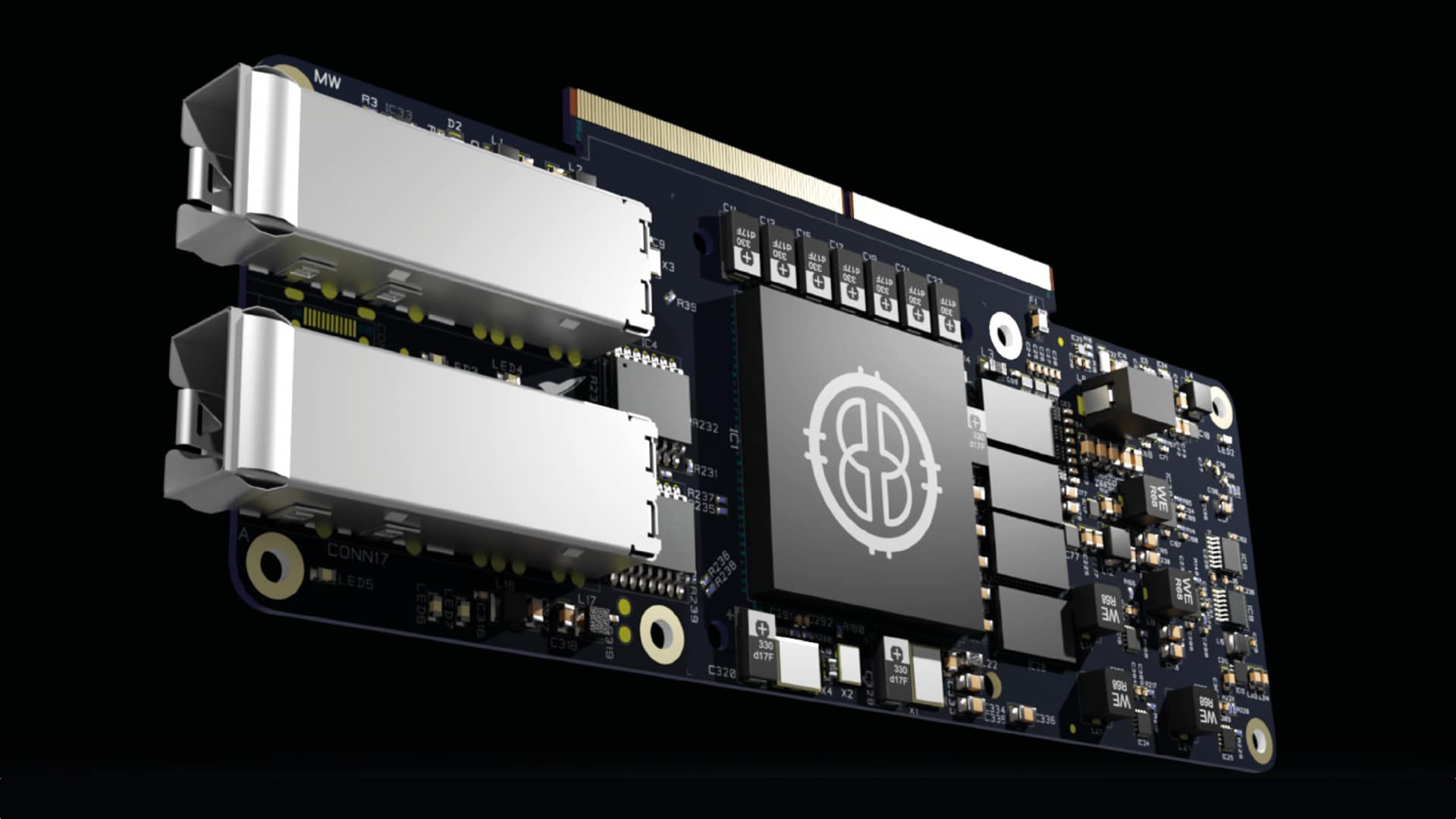
LED video processing specialist Brompton Technology has introduced a new receiver card, the Tessera G1, which will support the capabilities of the next generation of ultra-fine pixel pitch LED panels.
Brompton Technology is one of the key technology companies behind the rise of LED volumes and its fair to say you’ll find its processors involved in a lot of the best facilities out there.
Picture quality is everything when it comes to these stages, especially with interest in simply recording vfx in-camera, and the new Tessera G1 ups the ante quite spectacularly. It boats a one million pixel capacity for a new generation of ultra-fine pixel pitch panels, or up to 1000 fps (frames per second). This is made possible by a rather impressive 20x increase in computing power compared to the company’s existing top performer, the Tessera R2+ receiver card.
So, while the R2 will continue to do sterling work for the current generation of LED panels, the G1 is being positioned for the next gen ones.
The company says it is already in talks with panel manufacturers to integrate the new receiver card as the driving force behind the next-generation of LED screens. And Cesar Caceres, Brompton’s Product Lead, notes that the benefits are not only about the substantial increase in pixels that can be processed thanks to the new card, but that it will also facilitate the integration of additional calibrated channels, which Brompton defines as RGBW, Red, Green Blue and Whatever.
“As with all our systems, we offer flexibility by keeping the possibilities open for the extra emitters. One of the most useful colours we anticipate panel manufacturers wanting to incorporate is white,” says Caceres. “When the colours red, green, and blue are used to represent ‘white’, the light spectrum they produce may not always look natural and align with the viewer’s expectations. Adding a white channel provides an improved spectral output for the panels. And the G1 has the necessary power to cope with the complex algorithms necessary to maintain colour-accurate calibration and control with extra emitters. Also, the only way to achieve colour accuracy from panels with the new RGBW emitters is by calibrating them, and our unique Dynamic Calibration system was designed to enable this possibility.”
With LED panels often contributing to lighting the scene, the company reckons having additional light emitters in the LED panel represents a significant leap in colour-rendering accuracy on skin tones and foreground elements blending with virtual environments. “In future, if you want a panel that features an extra emitter, or one that boasts an ultra-fine pixel pitch, the G1 receiver card will be the ideal solution,” Caceres adds.
Another pioneering feature of the G1 receiver card is its capability to support a 10 gigabit connection, thus providing tenfold the bandwidth of the current R2+ card and positioning the G1 as a ‘future-proof’ solution.
“What Brompton has created with the G1 is not only poised to impact the live events and virtual production sectors, but it also has the power to influence other industries,” Caceres concludes. “For example, by adding a white emitter, it will be possible to create realistic lighting with a much more potent source. The ultra-fine pixel pitch panels the card is capable of supporting make it suitable for use in 360-degree simulators, or even research centres. The opportunities and applications are virtually limitless, and we are thrilled to be a part of driving the advancement of LED technology, which will lead to incredibly realistic visual experiences in the future.”
Tags: Virtual Production


Comments